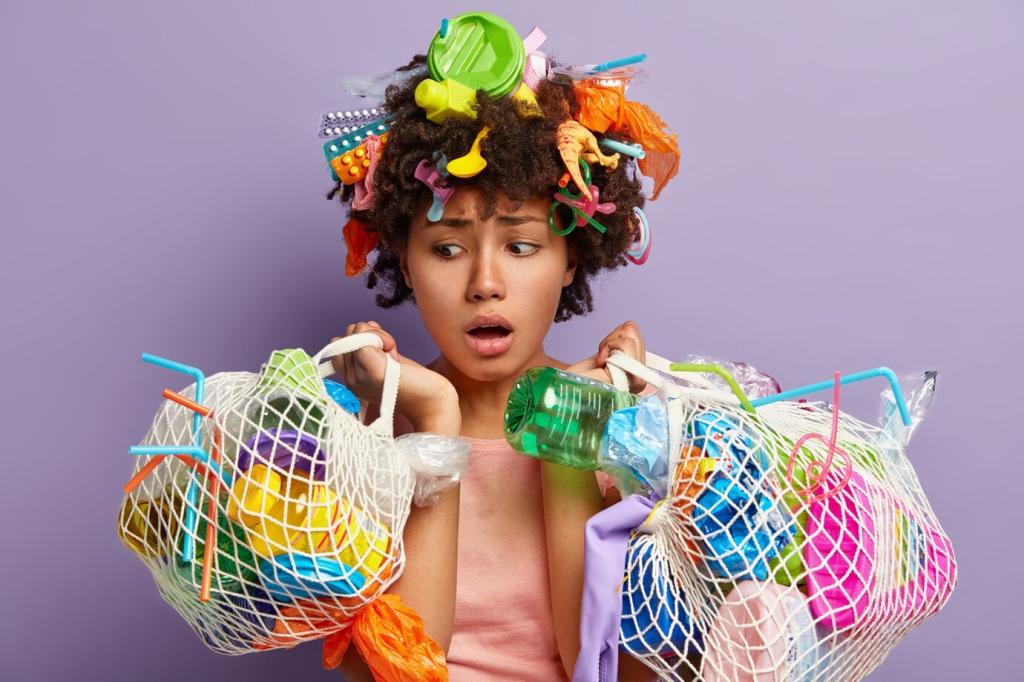
Future Trends in Sustainable Fabric Recycling
The textile industry faces mounting pressure to address environmental concerns, particularly regarding fabric waste. As global awareness grows, sustainable fabric recycling is advancing through developing technology, innovative business models, and circular economy practices. Exploring the future trends in this dynamic field highlights the optimism and ingenuity driving the industry forward, shaping the way we produce, use, and dispose of textiles.
Advancements in Recycling Technologies
Chemical Recycling Innovations
Chemical recycling is emerging as a game-changer in sustainable fabric management. Unlike traditional mechanical processes that downcycle materials, chemical recycling breaks fabrics down to their molecular level, enabling the recovery of pure fibers. This allows for the regeneration of high-quality yarns and textiles without deterioration, promoting a truly circular approach where recycled fibers match the quality of virgin materials. Companies and research institutions are investing heavily in this technology, streamlining the scalability and affordability of chemical recycling. Over the next several years, increased adoption of chemical processes promises to expand the range of recyclable fibers—including challenging blends like poly-cottons—and integrate with existing production systems, making high-quality recycled fabrics accessible to mass markets.
Automation and Artificial Intelligence
The incorporation of automation and artificial intelligence is transforming sorting and processing stages in fabric recycling. Advanced sensors and machine learning algorithms can now quickly identify different fiber types, contaminants, and blend ratios with exceptional accuracy. This accelerates the sorting process, drastically improves yield rates, and minimizes the risk of contamination, thus ensuring that recycled materials meet higher quality benchmarks. As AI-driven solutions continue to evolve, the industry will benefit from reduced labor costs and increased throughput. These capabilities enable recyclers to handle complex streams of post-consumer textiles, driving the industry toward higher efficiency, reliability, and scale.
Digital Traceability Systems
Digital traceability systems are becoming central to the integrity and transparency of fabric recycling. These platforms utilize blockchain, RFID tags, and data analytics to track the lifecycle of textiles from their origin through recycling. The ability to authenticate fiber content, provenance, and recycling processes ensures consumer trust while simplifying compliance with regulatory frameworks and sustainability targets. Moreover, brands leveraging traceability can provide clear communication to end-users about the recycled content in their products, enhancing market appeal. As these systems become more widespread, the fashion and textile sectors will see increased accountability, less greenwashing, and more informed consumer choices.

Extended Producer Responsibility Initiatives
Extended Producer Responsibility (EPR) programs are gaining traction within the textile and fashion industries, holding producers accountable for the lifecycle of their products. Mandatory EPR schemes require brands and manufacturers to manage the take-back, recycling, and responsible disposal of their goods. As governments and stakeholders adopt tougher regulations, companies are responding by designing garments for improved recyclability and durability. These initiatives not only divert waste from landfills but also foster innovation in collection, sorting, and recycling infrastructure. Over time, EPR is expected to drive systemic change in how garments are designed, motivating a shift from linear consumption to continuous resource regeneration.

Second-Life Platforms and Upcycling Marketplaces
Second-life platforms and upcycling marketplaces are reevaluating fabric recycling from a consumer perspective. Online platforms dedicated to swapping, reselling, or creatively repurposing garments extend the useful lifespan of textiles, reducing the demand for virgin resources. These marketplaces allow individuals to buy, sell, and trade clothing with ease, embedding sustainability into consumer habits. Upcycling, in particular, transforms discarded items into new fashionable or functional pieces, celebrating creativity while preventing waste. As these platforms proliferate, they offer a compelling alternative to fast fashion, turning recycling and reuse into desirable lifestyle choices embraced by a broader audience.

Consumer Education and Behavioral Change
Lasting improvements in fabric recycling rely on widespread consumer engagement and behavioral change. Comprehensive education campaigns are teaching individuals to recognize, segregate, and responsibly dispose of textiles, making recycling a routine aspect of daily life. Brands and advocacy groups are working together to dispel myths around recycled fabrics and promote transparency in sourcing and manufacturing. As consumers become more informed and conscientious, they increasingly demand products that close the loop on material flows. The future of sustainable fabric recycling will largely hinge on the willingness of people worldwide to rethink their consumption habits and actively participate in recycling initiatives.
With growing global concerns over resource scarcity, fabric recycling innovations are focusing on minimizing water and energy use. New processes, such as waterless dyeing, low-temperature fiber reclamation, and innovative cleaning methods, are drastically reducing the resource intensity of recycling operations. By investing in eco-efficient equipment and green production techniques, recyclers are not only lessening their environmental footprint but also attracting sustainability-minded partners and consumers. This trend is expected to intensify as regulatory pressures mount and the industry targets net-zero emissions across the textile lifecycle.
